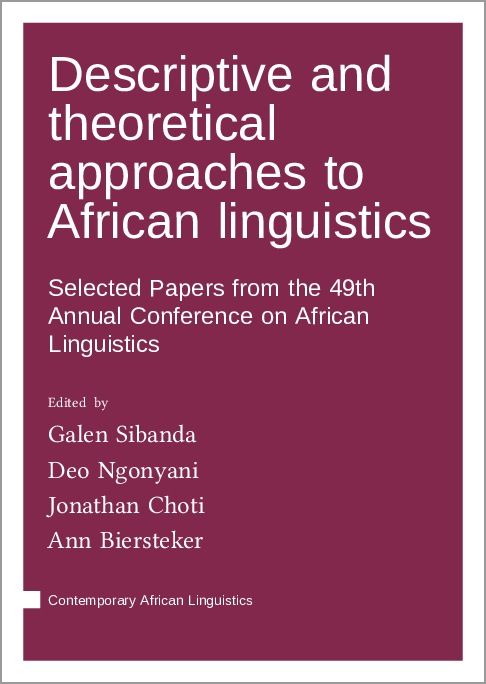In der letzten Zeit sind u.a. diese frei verfügbaren Titel erschienen:
Quranic Arabic: From its Hijazi Origins to its Classical Reading Traditions
Marijn van Putten | https://doi.org/10.1163/9789004506251
What was the language of the Quran like, and how do we know? Today, the Quran is recited in ten different reading traditions, whose linguistic details are mutually incompatible. This work uncovers the earliest linguistic layer of the Quran. It demonstrates that the text was composed in the Hijazi vernacular dialect, and that in the centuries that followed different reciters started to classicize the text to a new linguistic ideal, the ideal of the ʿarabiyyah. This study combines data from ancient Quranic manuscripts, the medieval Arabic grammarians and ample data from the Quranic reading traditions to arrive at new insights into the linguistic history of Quranic Arabic.
An Introduction to the Japonic Languages: Grammatical Sketches of Japanese Dialects and Ryukyuan Languages
Michinori Shimoji (Hrsg.) | https://doi.org/10.1163/9789004519107
Japanese is definitely one of the best-known languages in typological literature. For example, typologists often assume that Japanese is a nominative-accusative language. However, it is often overlooked that Japanese, or more precisely, Tokyo Japanese, is just one of various local varieties of the Japonic language family (Japanese and Ryukyuan). In fact, the Japonic languages exhibit a surprising typological diversity. For example, some varieties display a split-intransitive as opposed to nominative-accusative system. The present volume is thus a unique attempt to explore the typological diversity of Japonic by providing a collection of grammatical sketches of various local varieties, four from Japanese dialects and five from Ryukyuan. Each grammatical sketch follows the same descriptive format, addressing a wide range of typological topics.
Descriptive and theoretical approaches to African linguistics
Galen Sibanda / Deo Ngonyani / Jonathan Choti / Ann Biersteker
https://langsci-press.org/catalog/book/306 & https://doi.org/10.5281/zenodo.6358613
Descriptive and Theoretical Approaches to African Linguistics contains a selection of revised and peer-reviewed papers from the 49th Annual Conference on African Linguistics, held at Michigan State University in 2018. The contributions from both students and more senior scholars, based in North America, Africa and other parts of the world, provide a glimpse of the breadth and quality of current research in African linguistics from both descriptive and theoretical perspectives. Fields of interest range from phonetics, phonology, morphology, syntax, semantics to sociolinguistics, historical linguistics, discourse analysis, language documentation, computational linguistics and beyond. The articles reflect both the typological and genetic diversity of languages in Africa and the wide range of research areas covered by presenters at ACAL conferences.

